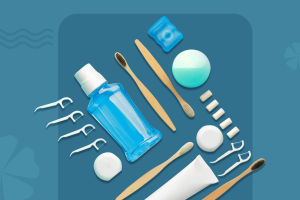Environmentally friendly tableware is a tableware made of materials that are harmless to the human body. It is loved by many consumers because it meets safety standards and is environmentally friendly. Today, let's take a look at what is environmentally friendly tableware.
Environmentally friendly tableware is a food container whose materials are harmless to the human body, non-toxic, tasteless, easy to degrade, and pollution-free during production, use and destruction. Its product quality fully meets the requirements of food hygiene. After the product is used up, it is easy to recycle, easy to dispose of or easy to consume. At present, the following types of environmentally friendly tableware are more popular.
1. Carton
Paper is the most familiar type of material. The technology of replacing plastic with paper is to use pulp as raw material, molding and drying in a mold to produce disposable tableware. Its advantages are that the tableware made by this method is non-toxic, harmless, easy to recycle, recyclable and degradable, and is a better alternative technology for comprehensive evaluation at present.
However, this technology also has shortcomings if it is evaluated from the whole process of paper production. First, the production of pulp requires a lot of forest resources, and the global forest resources are limited, and a large number of felling trees cause soil erosion. On the other hand, pulp can cause serious water pollution during production, in some cases even more polluting than plastic.
Therefore, from a macro point of view, the use of paper instead of plastic technology cannot completely eliminate the pollution to the environment, but only advances the pollution of tableware to the environment when making lunch boxes. Moreover, the high production cost of pulp makes the price of paper tableware produced with pulp relatively high, so replacing plastic with paper is not a perfect solution.
2. Plant fiber lunch box
This technology uses plant fibers, such as straw, straw, bagasse, etc., to be crushed to obtain fiber powder, and then mixed with a certain amount of glue or resin, and then injected into a mold and formed under high pressure and high temperature. Its advantage is that the products produced by this technology are better in degradability and rich in raw material sources.
However, the disposable tableware produced by this technology does not remove the cellulose pigment in the production, because the chemical bleaching method must be adopted to remove the pigment, which will inevitably cause water pollution, so the appearance of the product is not very good-looking.
3. Biodegradable lunch box
Biodegradable lunch box is a relatively advanced environmental protection product. It uses starch as the main raw material, adds one-year-growing plant fiber powder and special additives, and is processed by chemical and physical methods to make a biodegradable fast food box. Its advantage is that starch is a biodegradable natural polymer, decomposed into glucose under the action of microorganisms, and finally decomposed into water and carbon dioxide.
In addition, the material blended with it is also a fully degradable material, so it can be said that it has no impact on the environment. The main source of raw starch production can be corn, potatoes, sweet potatoes, cassava and other annual growing plants. However, it also has shortcomings, and the biodegradable lunch box is not perfect. For example, most of the production raw materials are food crops, and there are problems such as mildew resistance that need to be solved.
The concept of environmental protection should be implemented in our daily life, and no material should be discarded indiscriminately. We should take the initiative to do a good job in sorting and recycling to reduce resource waste and environmental pollution. Even degradable products require proper disposal or utilization.


